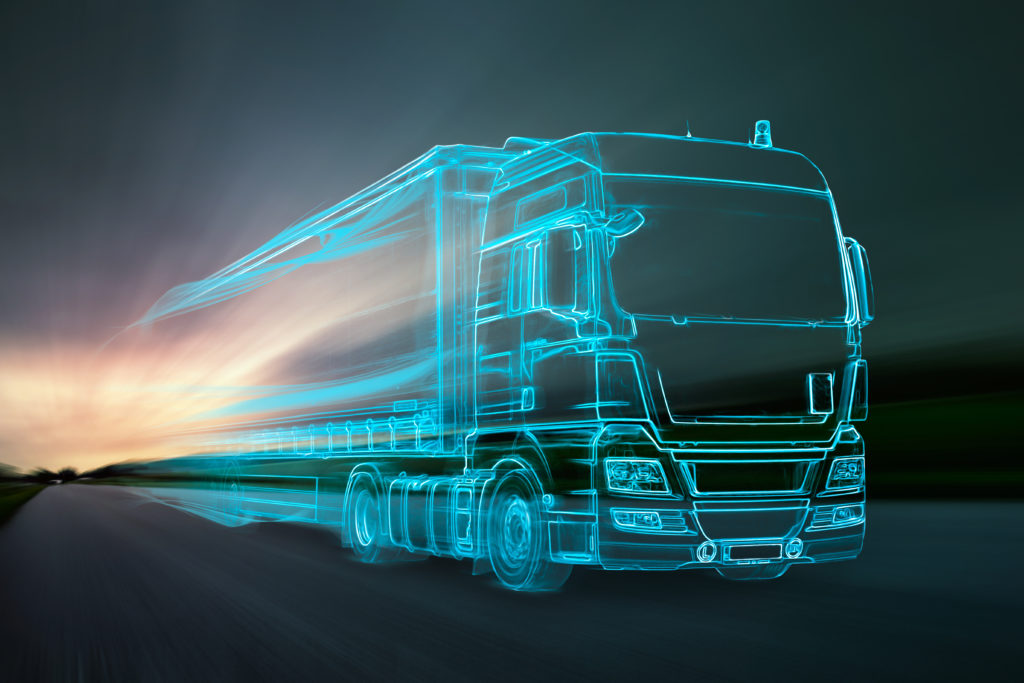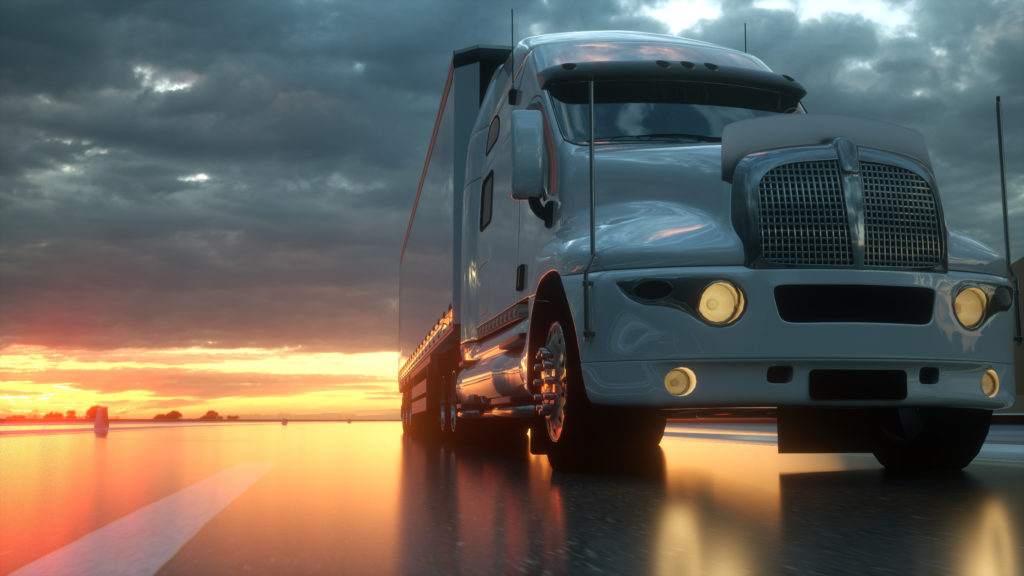
Autonomous-driving technology company TuSimple has announced its expansion of autonomous truck service for the United Parcel Service.
The company will increase UPS’ autonomous trips to 20 per week and will also add a new route between Phoenix, Arizona, and El Paso, Texas–with 10 total weekly runs on its original route between Phoenix and Tucson and another 10 on the additional route.
For the Level 4 autonomous driving program, TuSimple is using retrofitted trucks that are able to drive themselves. Still, current regulations require a safety driver to be present in the cab to take over control of the vehicle if needed.
Eventually, TuSimple wants to completely eradicate the need for in-cab drivers and has a goal to demonstrate completely driverless operations by 2021.
TuSimple has been partnering with UPS since March of last year, when the companies launched a new ongoing pilot program. In August, UPS’ venture division, UPS Ventures, invested in the robotic trucking outfit.
Additionally, autonomous trucks achieve a fuel savings of 10% during UPS operations in comparison to traditional truck operation. TuSimple also announced research results in December from the University of California, San Diego Jacobs School of Engineering showing its autonomous technology’s reduction of heavy-duty truck fuel consumption.
TuSimple currently has 19 contracted customers and operates over 40 Peterbilt and International trucks with the company’s autonomous tech. UPS chief strategy and transformation officer, Scott Price, said that the company decided to partner with TuSimple in order to further explore the benefits of autonomous driving technology for UPS’ Global Smart Logistics Network, “which aims to improve network efficiencies, safety, and customer service.”
“TuSimple has been instrumental to this initiative,” Price explained, “so it was a logical next step for us to expand the test to additional routes within our North American Freight Forwarding lanes.”
According to the company, its technology can reduce overall shipping costs via tractor-trailers by 30%. It said the driving system has been showing its benefits already, and that UCSD’s research also found that automated driving operates more precisely on its throttle than a human driver, as the sensors can see further ahead. Therefore, the vehicle can stay efficient and avoid slow-moving traffic.
Some analysts say autonomous driving will first become commonplace among commercial operations, such as ride-hailing companies and TuSimple’s partnership with UPS. However, many disagree regarding how soon we will see this widespread commercialization.
“We are still far away from living in the world with a truck with no one in the cab driving on the highway,” said IHS Markit global heavy truck research director, Andrej Divis. “It’s not around the corner.”
However, senior research director at Gartner Inc., Michael Ramsey, said distribution centers, ports, and mines–contained areas without heavy traffic or pedestrians–will find large uses for this technology.
“I think we will eventually see a big impact on trucking and commercial vehicles,” said Ramsey.
In addition to UPS, TuSimple has been raising funds from Chinese tech company Sina, the operator of Weibo (China’s largest microblogging platform), and Nvidia, an American graphic processor manufacturer. The company currently has offices in both Beijing and Shanghai, where it develops technology around image-processing and advanced camera equipment.
The robotic trucking company currently employees around 105 engineers and drivers, and plans to hire hundreds more during the course of a few years.
TuSimple is aiming to transform the multi-billion-dollar trucking industry in the United States by reducing overall costs, carbon emissions, and by improving safety. Company officials are promising a true “depot-to-depot” driverless truck.
The company is excited to have UPS on board with these innovations.
“UPS has been a valued partner of ours since we officially started working together early last year,” said TuSimple chief product officer, Chuck Price. The program “shows the company’s commitment to innovation and exemplifies why UPS is considered a trailblazer when it comes to exploring and implementing cutting-edge technology.
Autonomous trucking has seen a lot of innovative action recently, as the focus on autonomous vehicle benefits becomes more and more prevalent. Alphabet Inc’s self-driving branch Waymo began testing self-driving trucks in Texas and New Mexico back in January, and just announced its first outside investment by Silver Lake Management LLC.
Swedish self-driving truck outfit, Einride, also announced it would be expanding into the states as well as hiring remote drivers in 2020.




